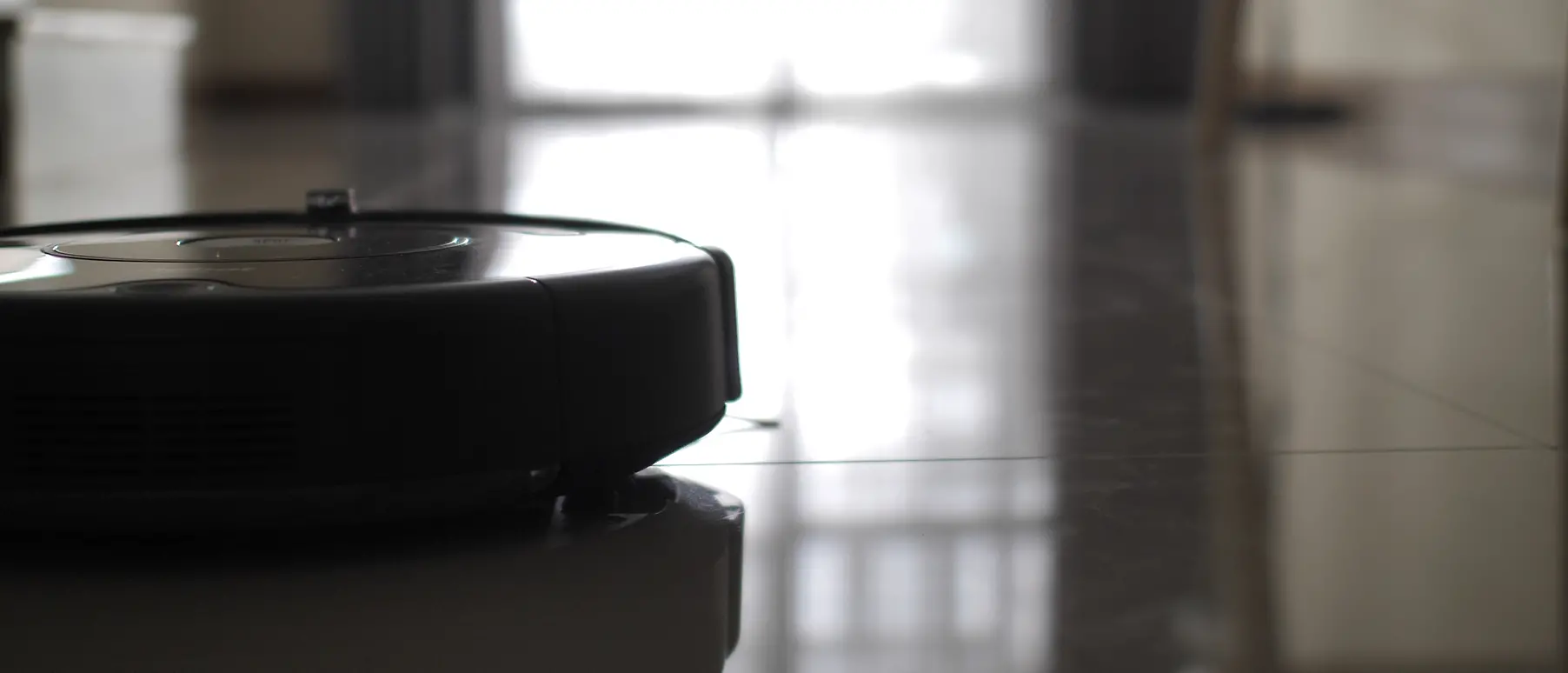Discover the brands and technologies from our business units Henkel Adhesive Technologies and Henkel Consumer Brands.
“Hey Siri, we’re not out of Persil, are we?”
Who wouldn’t like to have a personal assistant to play music and answer questions for them on command? Siri* and Alexa may already feel like old friends to many of us, but still we can’t help sporting a mildly embarrassed grin whenever we use them. At home, in particular, it’s fun to activate functions via voice command while doing something entirely different at the same time. The way in which we interact with technology has reached the third step in its evolution since the rise of the Internet: From 1984 onwards, digital objects were selected using a computer mouse, until a new user model of activation via touch display was introduced around 2004. Since roughly 2015, voice-activated input models have spread across a multitude of applications – and made navigation, texting and many other things easier for us when our hands aren’t free. Voice assistants can also help make life at home a lot more comfortable. What do the voice assistants have to say about the topic of smart homes? Siri gets it from Wikipedia, and we hear it from Siri:
Home automation or domotics is building automation for a home, called a smart home or smart house. A home automation system will control lighting, climate, entertainment systems, and appliances. It may also include home security such as access control and alarm systems. When connected with the Internet, home devices are an important constituent of the Internet of Things.
A home automation system typically connects controlled devices to a central hub or "gateway". The user interface for control of the system uses either wall-mounted terminals, tablet or desktop computers, a mobile phone application, or a Web interface, that may also be accessible off-site through the Internet. […]
Source: Wikipedia
Parallel to the development of voice-based user models, the fifth-generation mobile communications network – also known as 5G – is an important driver for the smart home market. 5G is capable of processing data volumes 100 times larger than its predecessor and thereby makes possible a new kind of communication in real time. The connectivity of household appliances and electronics is the basis for all smart home applications. There are three main types of these applications, all of which can overlap: home automation, building safety and energy management. More efficient use of electricity and heating has played a major part in the smart home market’s development, but let’s be honest: the automation of more trivial everyday tasks also holds many promising possibilities for digitalizing the inside of our homes. Imagine coming home and having the garage door open automatically at just the right moment, having the path to your front door light up so you can see where you’re going, and stepping inside to find your laundry is already done. That’s how smart daily life can get when your home starts thinking ahead.
* Did you know that the name Siri is an acronym for Speech Interpretation and Recognition Interface?
1. The smart path to greater comfort – just the way you like it
As is so often the case, it’s the small things that can really improve our quality of life. Typical smart home applications are not usually complex futuristic visions like drones delivering groceries to our balcony, but rather inconspicuous, smart daily helpers that automatically take routine chores off our hands. Ways to enhance the comfort of our everyday lives can be found in a wide variety of applications in areas like home improvement and gardening, health, cosmetics and of course entertainment. Henkel has also brought a number of smart home pilot projects onto the market.
Dishwashing 2.0 – easier than ever before
We currently have no way around loading and emptying the dishwasher manually, sorry about that. For unpacking and inserting tabs, adding the right amount of rinse aid and injecting a bit of dishwasher detergent, however, Henkel has developed and tested and a smart alternative. Somat Smart (website in German) is a multifunctional dosing device that automatically releases an individually set amount of dishwashing detergent at precisely the right time. The device is about the size of a plate and fits into any standard dishwasher without taking up too much space. Its three compartments contain approximately two months’ worth of dishwashing liquid and dishwasher detergent, thereby reducing the amount of associated packaging waste along with the time and effort required to start the dishwasher that many times. Deep cleaning and deep relaxation in one: The product app lets you set more than 15 personalized modes for maximal cleaning performance, including a tea mode to get rid of those nasty tea marks in your favorite mugs. A notification will also appear on your smartphone screen when you need to order a (recyclable) refill pack. Could it get any easier than that? Yes, because Somat Smart can also be controlled directly with Alexa or Google Home.
Smart as a whip, clean as a whistle: intelligent housecleaning
Keeping the inside of your home clean is the modern-day epitome of a Sisyphean task. Wiping the floors is especially time-consuming, as a thorough cleaning often means moving furniture around and perhaps vacuuming the place before you even get around to diluting your cleaning product in a bucket of warm water and whipping out the mop. To make things even more frustrating, the achieved state of cleanliness is a short-lived one and the entire process needs to be repeated on a weekly basis. In collaboration with Ecovacs Robotics, a household robot specialist, Henkel is offering a smart workaround in this area, too: a special cleaning agent added into the water tanks of the company’s vacuuming and mopping robots now offers even better results. The robots use smart sensor technology to identify the obstacles and flooring type in a room and adapt their cleaning action accordingly. Thanks to Smart Navi 2.0 technology, the associated app allows you to precisely plan the robots’ cleaning itineraries using a map of your home. The robots do most of their work autonomously. When they need to, the smart little helpers find their own way to the battery charging dock before resuming their previous activity. The robots’ timing can be set individually by the user. Depending on room size, their water tank is large enough for several weeks’ worth of automated cleaning.
2. Smart and safe – you can count on it
Who doesn’t know the feeling of nagging doubt, when you suddenly can’t remember if you left the stove on? Or the sickening dread associated with leaving your home empty and unguarded for weeks at a time, when you should really be able to enjoy your well-deserved upcoming holiday? This kind of stress can now become a thing of the (analog) past, thanks to modern sensor technology for your home that connects to remote-controlled steering systems you can operate from a mobile device. Many smart home systems make it possible to obtain important information about your home in real time, and thereby help you feel safe and secure even when you’re away. For instance, movement and smoke detectors, humidity sensors and thermostats can identify and report break-ins, fires or flooding as they occur. By enhancing the safety of your house, these systems also give you a greater sense of security in everyday life as you can rest assured that everything is under control at home.
3. On and off: saving energy the smart way
The devices you use only become truly intelligent energy savers when they are interconnected and able to interact with one another as well as with web-based services. Most smart home applications were initially developed as standalone solutions with their own apps. When they all start working together, weather forecasts and sensors for measuring the outdoor temperature can be used for purposes like calculating and timing the ideal indoor temperature. What if your lighting and heating systems are from different manufacturers or use different communication standards? Outside of the systems offered by major brands for networking individual software and hardware components, there are manufacturer-independent steering portals that make it possible to interconnect different devices. These allow you to preset simple chains of actions which will then run automatically. For example, the heating and light switches can be tied to the outdoor temperature and your smartphone’s calendar, so that your house is well-lit and heated to just the right temperature, right on time for when you come home on a cold day. To keep things manageable, it’s best to have a central steering system that acts as “one for all”.












